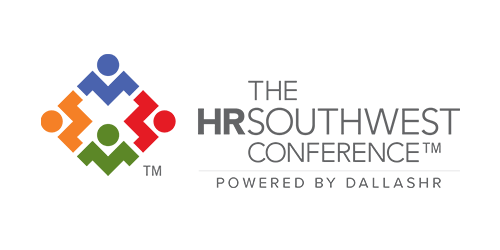
Extremism in the Workplace
When do opinions and anger give way to extremism in the workplace? It’s a question HR and security professionals are increasingly having to answer.
Polarization is at an all-time high nationally—and internationally. And it’s only increasing. According to recent findings from Pew Research, the political “center”—where we’ve traditionally been able to work out an acceptable compromise—has eroded. At the same time, political parties’ resistance toward each other has increased, and antipathy is on the rise. This was well underway before the last two years, but the pandemic period has brought ideological clashes to nearly every sphere of life, from classrooms and school boards to business and the workplace.
Other influences are shaping the rise of extremism, from feelings of desperation to record levels of stress and threats to mental health and the recent national racial reckoning. While we could devote an entire article to the drivers of extremism, we’ve focused here on what it is and what HR professionals need to know to be prepared to address it.
What is workplace extremism?
First things first: the definition of extremism is active opposition to fundamental or community-held values, including democracy, laws, individual liberty, and tolerance for differences, including faiths and beliefs. Extremism can touch the workplace directly—for example, in illegal discrimination based on race, creed, color, sex, religion, age, disability, sexual orientation, or national origin; or in acts of intimidation or violence that disrupt the workplace. Extremism can also affect the workplace indirectly, as in when an employee’s activities outside the workplace have legal, individual, or reputational consequences. Consider, for example, how individuals involved in the January 6 attack on the Capitol faced consequences legally as well as with employers.
What HR needs to know about extremism in the workplace
With extremism on the rise, HR and security professionals must be prepared to navigate complex situations. It’s critical to distinguish between, for example, employees with a legally protected right to hold extreme beliefs and those who might take violent action, motivated by extremism and with the potential to cause physical or reputational harm. Ultimately, HR and security’s shared role is to manage risk to employees as well as to the company.
What does extremism in the workplace look like?
Extremism in the workplace can fall along a continuum of situations from moderate to highly charged. These can include, for example:
- Membership in or affiliation with extremist groups outside the workplace
- Voicing extremist views at work, to customers or other employees
- Searching for or viewing extremist resources on company devices
- Planning or carrying out activities on company property, and more
Sometimes, employees have affiliations with extremist groups but do not let these beliefs carry over into the workplace. Or they may exhibit behaviors of concern but have not declared an affiliation with extremist groups.
Legal rights and considerations
Can employers take disciplinary action or fire employees who express extremist positions? The answer isn’t as clear as you might think and can be influenced by national law. As a rule of thumb, employees cannot be terminated simply for affiliation with an extremist group.
If, however, extremism contributes to job-related misconduct like harassment, employers do have legal rights. This is where legal counsel can help employers balance their rights against those of their employees. Employers must prove affiliation with an extremist group is damaging to their business, affects the employment relationship, or puts other employees (or the business) at risk.
What HR can do about extremism in the workplace
The first steps include better understanding extremism in the workplace as well as assessing your organization’s risk profile, from employees to business model, market, and location. This is where collaboration with company security and counsel as well as with local law enforcement can be essential. In general, employers can:
- Keep open lines of communication between line managers and leadership, as line managers are often the first to notice concerning behaviors
- Establish and evaluate inside and outside threat initiatives, including Internet and employee monitoring, device policies, and other key considerations regarding company property
- Notify security of behaviors of concern and interactions with other employees
- Ensure security is kept informed on all employee terminations
How is your organization addressing extremism in the workplace and monitoring risk?
DallasHR is the third-largest SHRM affiliate chapter in the nation. With more than 2,000 engaged HR professionals, the Chapter has been Advancing the Value of HR since 1939 through innovative education, valuable networking events, and providing opportunities to share best practices with others in the field of HR. The HRSouthwest Conference powered by DallasHR is the official Texas SHRM conference and one of the largest regional HR events in the U.S. Visit us at Dallashr.org, hrsouthwest.com and follow us at #dallashr, #hrswc.





